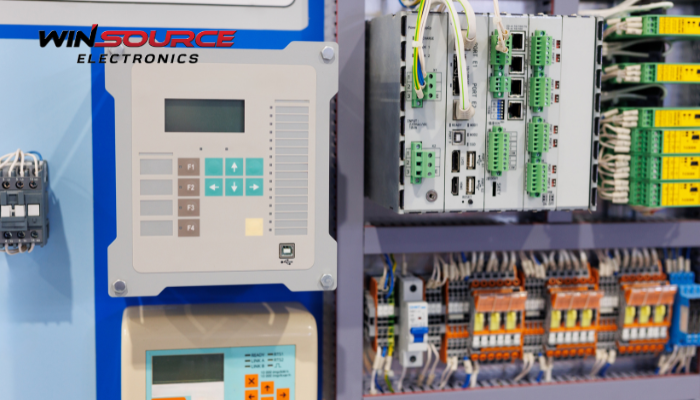
* Question
What are the methods of PLC programming?
* Answer
Programmable Logic Controller (PLC) programming methods define how control logic and automation tasks are expressed, structured, and executed within industrial systems. Over time, several standardized programming languages have evolved, each suited to different application needs and engineer preferences. The most widely used methods are defined in the IEC 61131-3 standard, which establishes five primary PLC programming languages.
1. Ladder Diagram (LD)
Ladder Diagram programming is the most traditional and widely recognized method, visually resembling electrical relay logic diagrams.
- Logic operations are represented as rungsbetween two vertical power rails, where contacts and coils simulate switches and relays.
- It is ideal for discrete controlsystems such as motor starts, interlocks, and safety circuits.
- Advantages include intuitive visualization and ease of debugging for technicians familiar with electrical schematics.
Example use:conveyor control, machine safety interlocks.
2. Function Block Diagram (FBD)
Function Block Diagram programming represents logic through interconnected functional blocks, similar to signal flow diagrams.
- Each block performs a defined operation (e.g., AND, OR, timers, counters, PID control).
- FBD is highly modular and suitable for analog control, process automation, and complex control loops.
- It allows engineers to create reusable logic components for better scalability.
Example use:temperature regulation, flow control, and proportional–integral–derivative (PID) loops.
3. Structured Text (ST)
Structured Text is a high-level textual programming language, similar to Pascal or C.
- It supports complex algorithms, loops, conditional statements, and arithmetic operations.
- Ideal for tasks that require mathematical computation, data manipulation, or sequence control beyond simple logic.
- It enhances readability and maintainability for large-scale systems.
Example use:process calculation, communication protocol handling, or custom logic functions.
4. Instruction List (IL) (Legacy / Deprecated)
Instruction List programming is a low-level, assembly-like language composed of simple instructions (e.g., LD, AND, OR, JMP).
- It was once used for compact, resource-limited PLCs but is now largely replaced by Structured Text due to better readability and maintainability.
- Still useful in understanding older PLC programs.
Example use:legacy systems or compact control units.
5. Sequential Function Chart (SFC)
Sequential Function Chart programming is a graphical method used to define complex sequential operations.
- It represents processes as steps, transitions, and actions, enabling clear visualization of state changes.
- Especially effective for batch processes, multi-step automation sequences, and safety-critical workflows.
Example use:packaging lines, robotic sequences, or process startups and shutdowns.
Summary
Programming Method | Representation | Best Suited For |
Ladder Diagram (LD) | Relay-style rungs | Discrete control, simple logic |
Function Block Diagram (FBD) | Block connections | Analog and process control |
Structured Text (ST) | Textual code | Complex logic and computation |
Instruction List (IL) | Command list | Legacy and low-level systems |
Sequential Function Chart (SFC) | Steps and transitions | Sequential or state-based control |
In summary, PLC programming offers multiple methods to match the complexity and nature of industrial applications.
While Ladder Diagram and FBD remain dominant for real-time control, Structured Text is increasingly used for advanced automation systems that integrate data processing, communication, and intelligent control logic.

COMMENTS